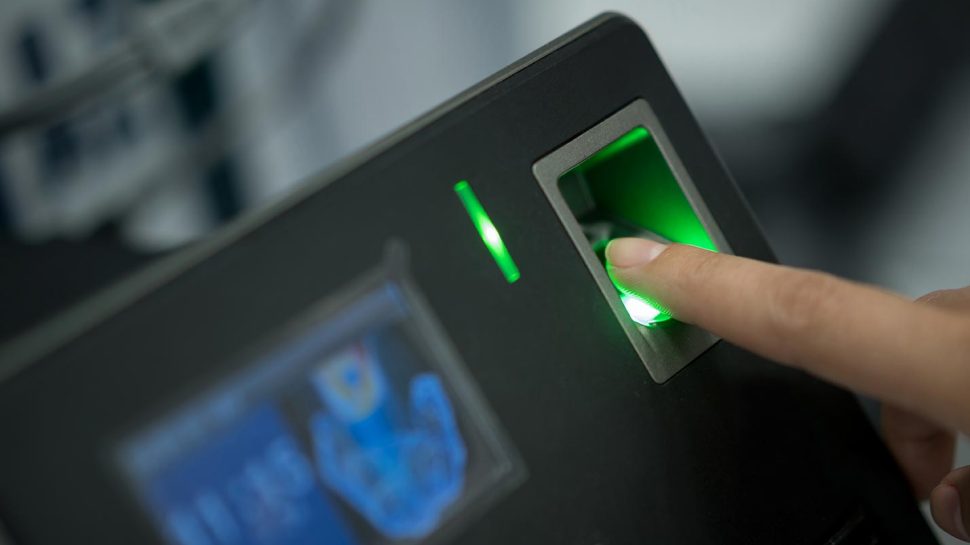eVoting: The Global Digital Democracy

In August 2016, Australia Post surveyed 1,000 voters on their experience in the last federal election and their interest in being able to vote online. Overwhelmingly, there was interest in voting using either a touch screen in a polling booth or on their own device at home, with 47 per cent surprised these options aren’t already available.
This raises a question – do other countries already have the ability to vote online in democratic elections? And if so, is it working for them?
Given that every nation has a unique cultural and political environment, it would be difficult to find one eVoting system that fits all. But we can learn from the experiences of others.
Many countries have trialled or implemented eVoting in local, state and nationwide elections. While they’ve all had differing measures of success, they all face common challenges:
- Trust – how do you maintain anonymity and security?
- Access – can you make voting more accessible for the disabled, sight-impaired and those living overseas or far from a polling booth?
- Convenience – providing choice and making it easier to vote may lift voter engagement
- Time – can you save time waiting in line to vote, and achieve a faster result?
- Costs – can you achieve all this and keep costs sustainable – potentially saving on the cost of running an election?
There are also other reasons for electoral authorities to consider eVoting. Its appeal to younger voters is a big one. In Australia, compulsory voting means we typically have a high voter turnout of around 95 per cent. As we saw with the UK’s Brexit referendum and the most recent US presidential election, a lower voter turnout within specific demographics can impact the outcome.
In countries with large populations, such as India, it can also simplify the task of counting an enormous number of votes. Plus, for voters who are illiterate, electronic devices may be able to provide an otherwise lost opportunity to have their say.
What’s happening around the world?
According to research conducted by the International Institute for Democracy and Electoral Assistance (IDEA), 43 per cent of countries have used, are using or are testing eVoting, with varied results.
Some countries, such as Estonia and Brazil, have progressed beyond trial phases and have already implemented eVoting while others, including the US, Ireland and the Netherlands, have moved away from the idea.
Estonia was the first country to implement nationwide internet voting in 2005. Since its 2005 local elections, when a mere 1.9 per cent (9,287) of participating voters used Ivoting (Estonia’s eVoting system) Estonians have embraced the technology with 30.5 per cent (176,329) using it in the 2015 parliamentary election.
During the pre-poll period, the voter logs onto the system to verify their identity. This identity is removed from the ballot to protect their anonymity, before it reaches the National Electoral Commission for counting. Each vote cancels the last, so they can vote as many times as they like.
In Estonia’s 2011 election, it was reported that eVoting saved an estimated 504,000 Euros in wages (or 11,000 working days).
Switzerland has trialled internet voting since 2004 but access is mainly limited to citizens overseas or those with disabilities. Swiss Post partnered with Spanish eVoting tech firm, Scytl, to develop an advanced encrypted eVoting system that was successfully used in November 2016 in a vote within the canton of Fribourg. This is now one of three eVoting systems in place in Switzerland, and cantons are given the freedom to make their own decision on which system to use.
India uses compact, portable electronic voting machines to handle the sheer scale of managing over 815 million votes. The battery-operated devices enable illiterate and multilingual users to vote using symbols. These devices have been part of India’s democratic process since 1988, but were found to be vulnerable to tampering and in 2012, the Election Commission was told to add a paper trail as an extra security measure.
And what about those democracies moving away from eVoting? Ageing machines have raised concerns among American voters about their system’s reliability and security. Despite this, an estimated 25 per cent of all American voters would have used a paperless or electronic voting machine to cast their ballot in November 2016.
Closer to home, New Zealand explored the idea of trialling internet voting in 2016, in an effort to boost voter turnout. However security concerns put an end to those plans.
Similarly, Ireland’s expensive experiment with eVoting ended in 2012 when the government scrapped 7,500 voting machines that were found to be unreliable. Without a verifiable audit trail, there was no way of knowing if the machines were tamper-proof.
What can we learn from these varying experiences?
Firstly, it’s essential to be confident about the robustness and security of eVoting systems in order to preserve the sanctity of the democratic process. A verifiable, open-source platform, such as the software used in Australia’s ACT elections, allows for an independent audit.
Secondly, new technology that allows encryption – such as that developed by Scytl – can overcome concerns over voter privacy and anonymity.
And finally, digital identity verification is a key stage in a truly online election process. Estonia’s advanced electronic ID card has supported the uptake of Ivoting, as well as many other digital government services.
Although there are still concerns globally about the cyber security risks of eVoting, there is an opportunity for Australia to lead the way. We already prefer to use online channels for many government services, and we have high participation levels in our democratic processes.
Plus, as almost three quarters of us expect to be able to vote online by the next federal election, many hope that eVoting might be an option for the near future.
To find out more about our research into eVoting, read our insights paper: A new way to have our say: Australia's roadmap to eVoting.
A new way to have our say
To find out more about our research into eVoting, read our insight paper: A new way to have our say: Australia’s roadmap to eVoting.
